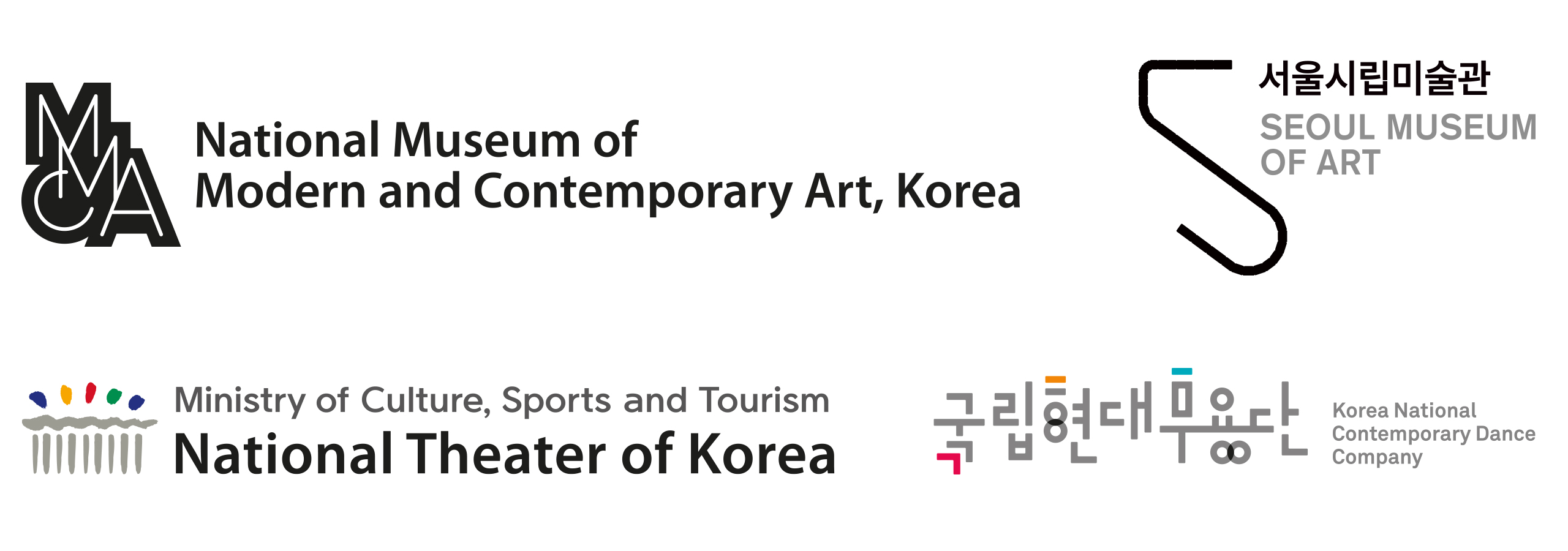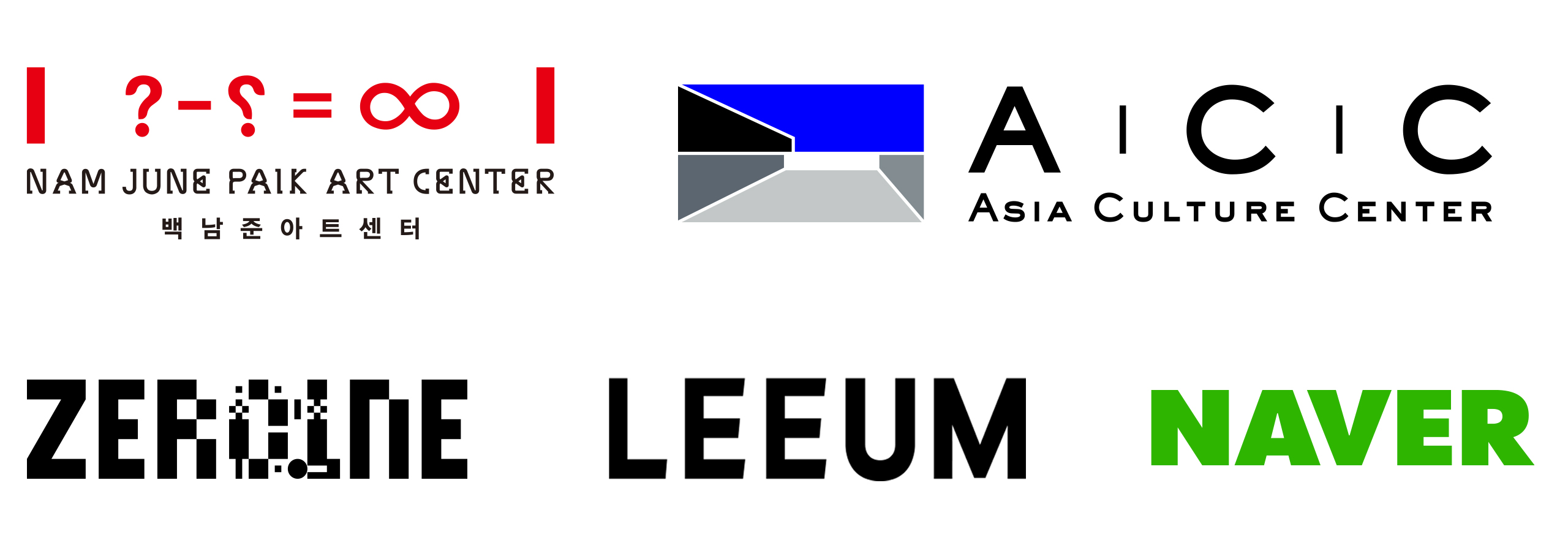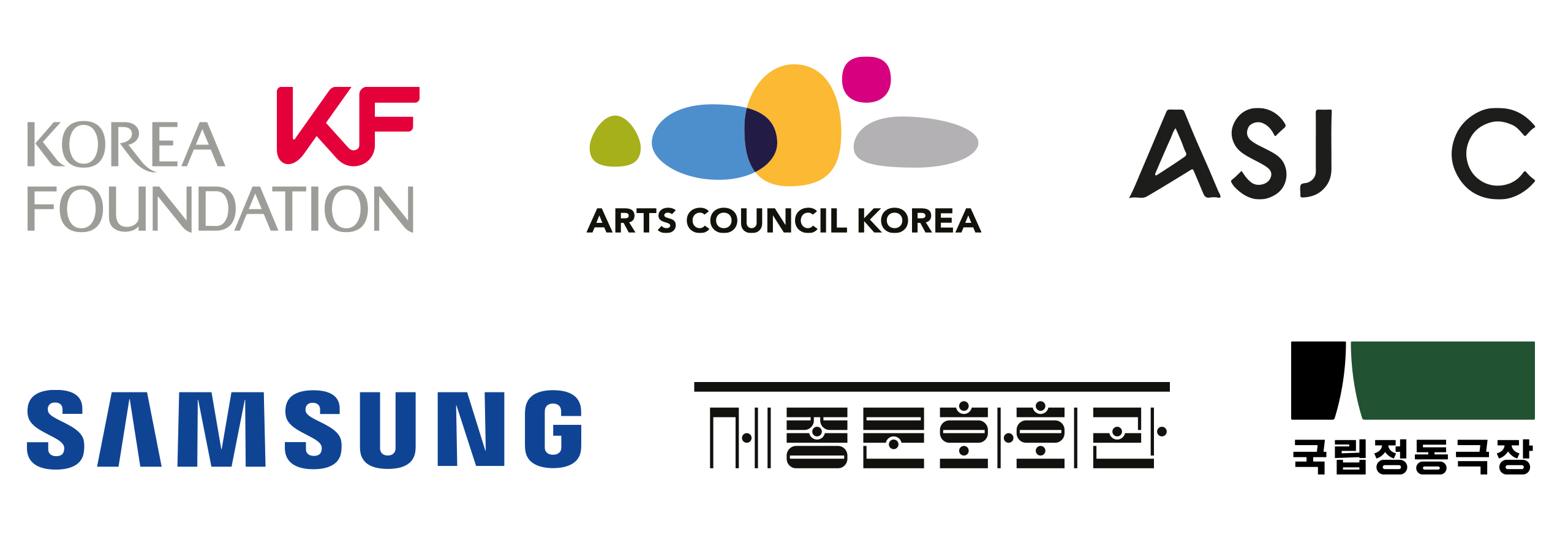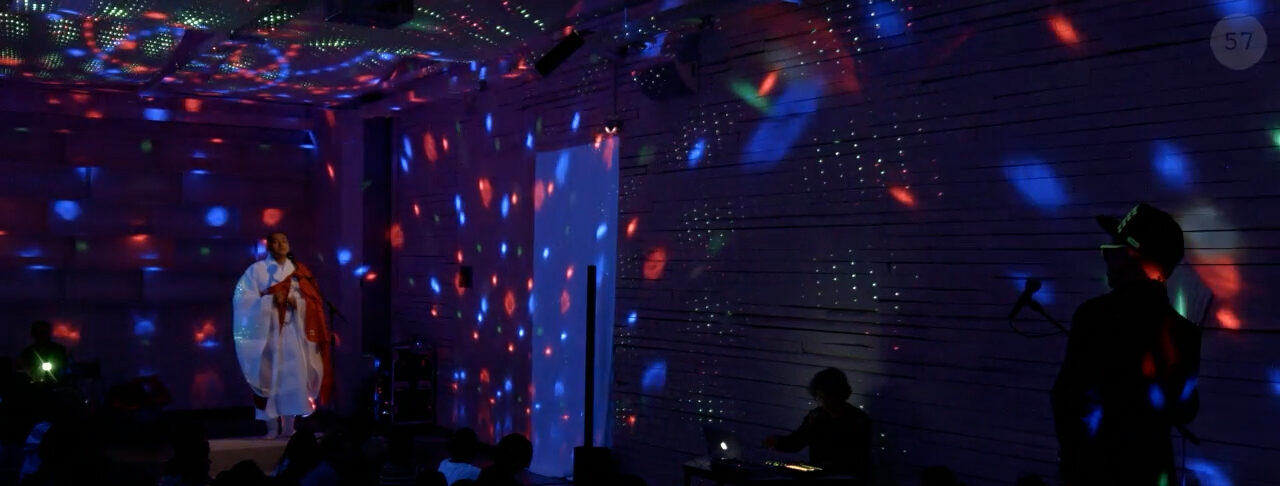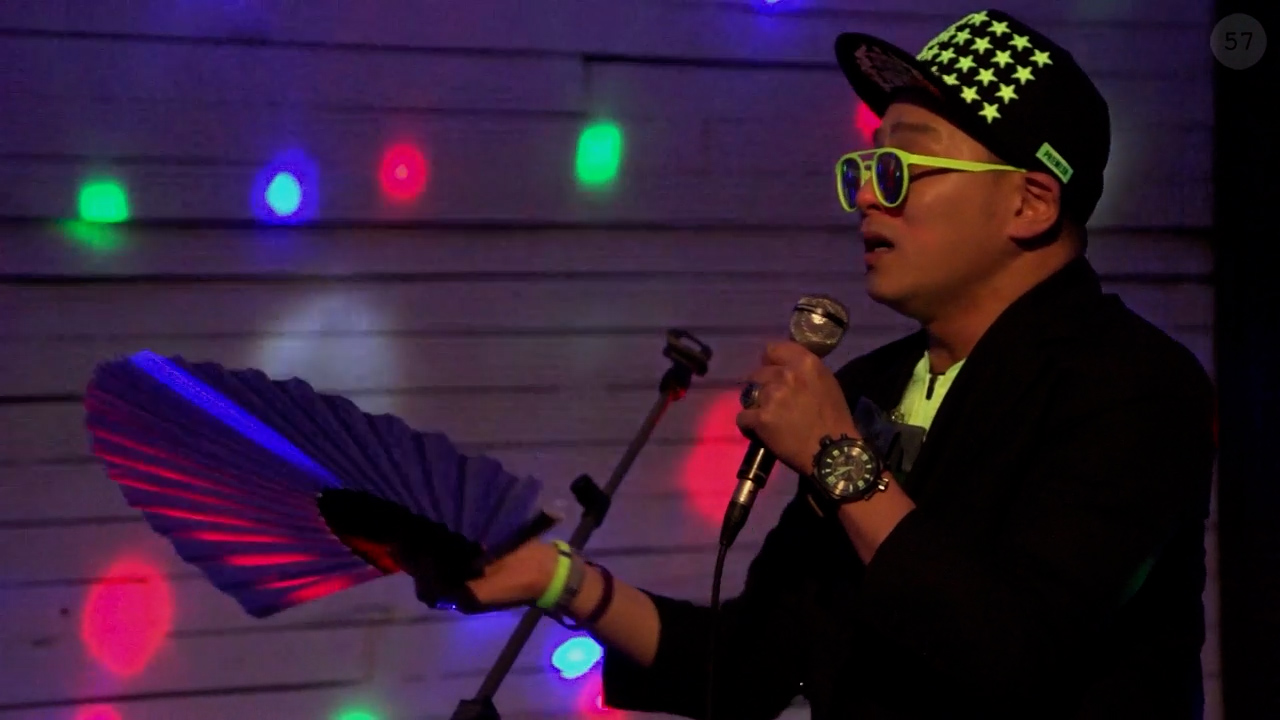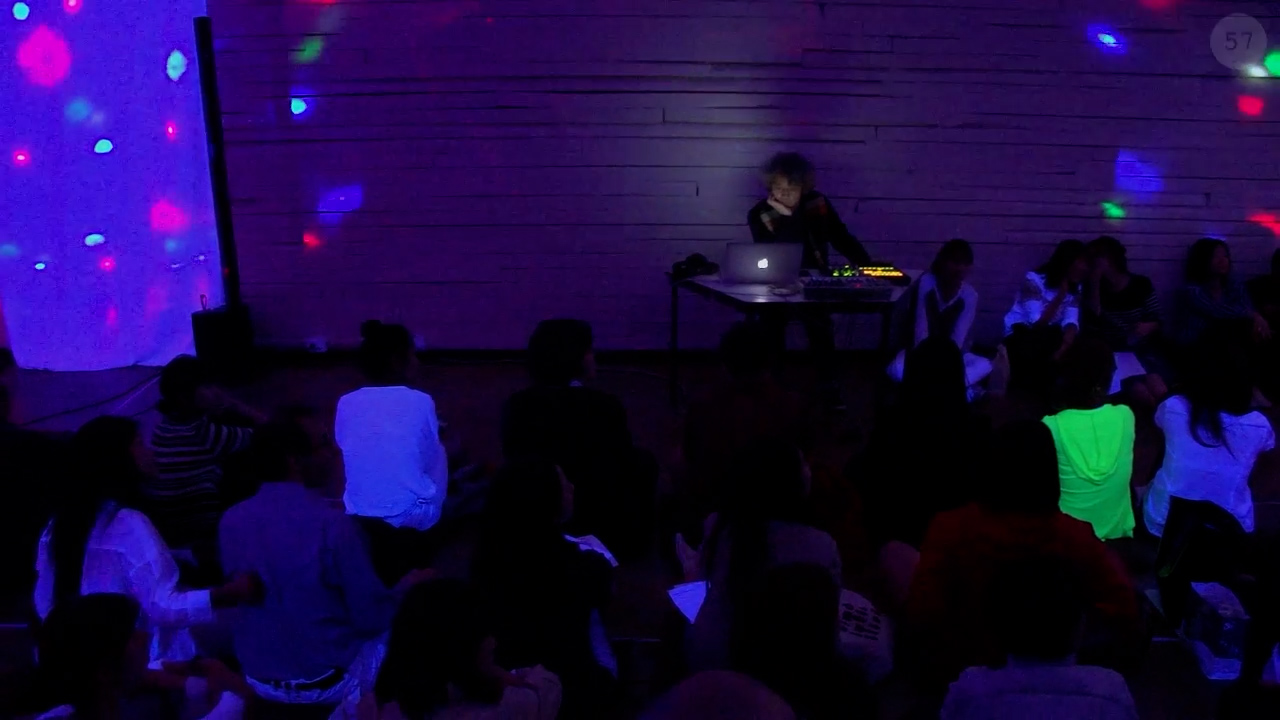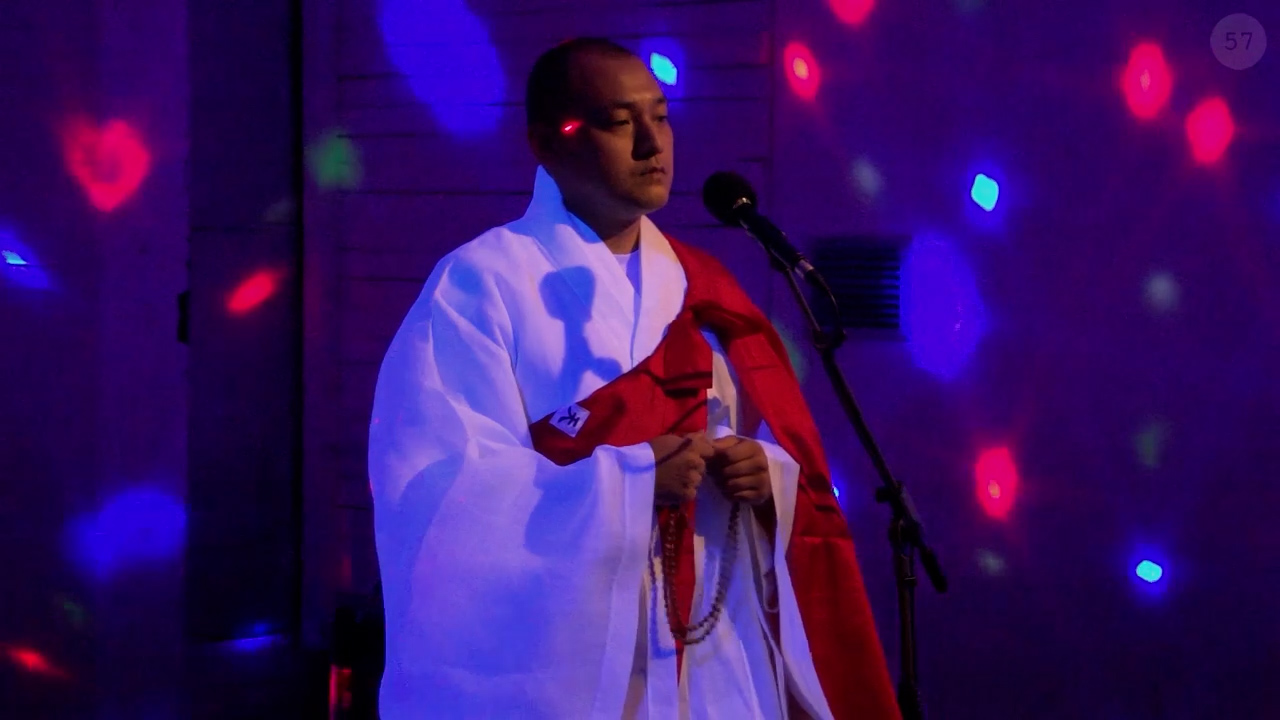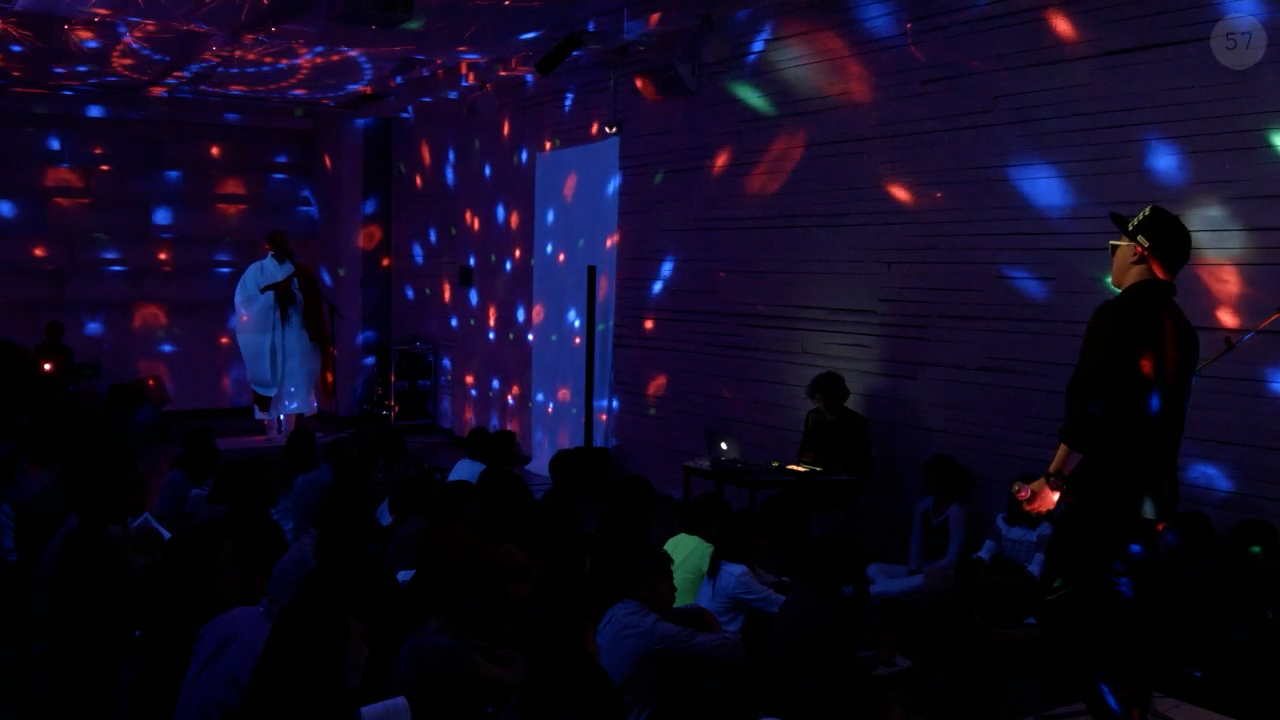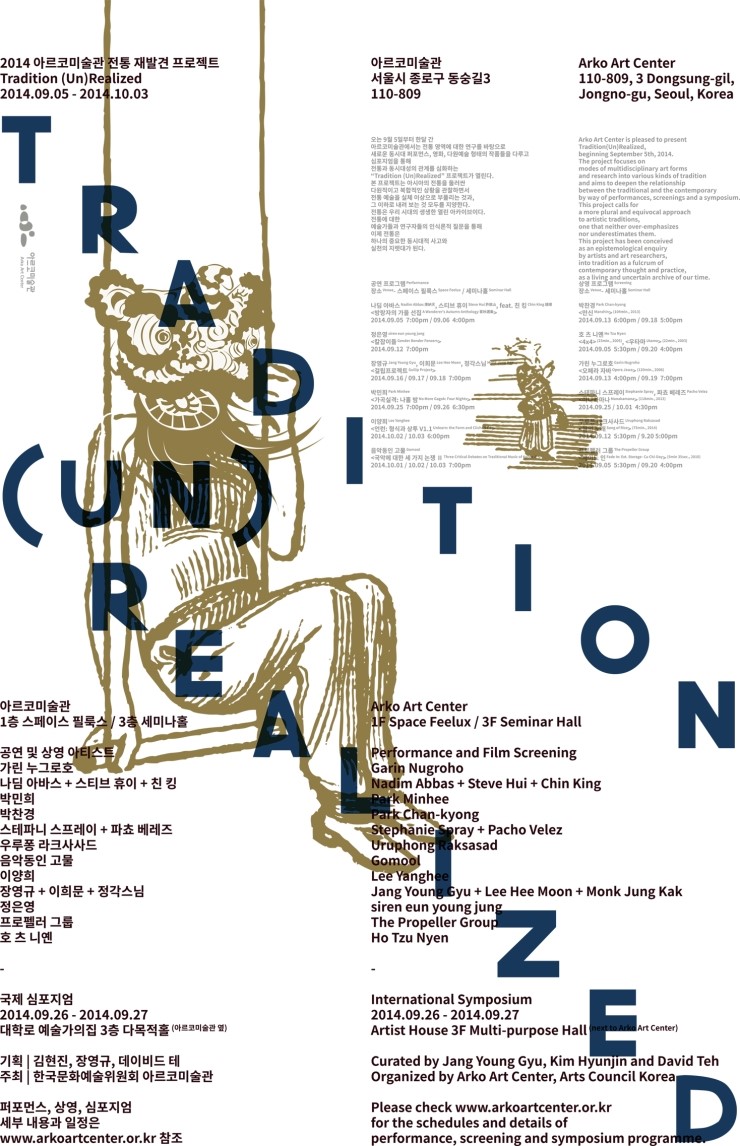The practice of geollip (걸립), rooted in Korean Buddhism, originally referred to a fundraising ritual where geollip monks would go door-to-door reciting sutras or chants in exchange for donations of grain or money to support temple construction or maintenance. Among its many forms, the gosa-yeombul (고사염불)—ritual chants with shamanic overtones—were especially widespread in the first lunar month, and until just after Korea’s liberation, were still performed in nearly every household. Deeply embedded in the folk culture of the Joseon Dynasty and early modern Korea, gosa-yeombul also served as a vital survival strategy for monks living in poverty.
Unlike doctrinal Buddhist sermons, gosa-yeombul was primarily shamanistic in content and form, often resembling indigenous spiritual rites more than Buddhist services. According to Venerable Hye-gyeong, she may be one of the few remaining monks today capable of performing this ritual, as its transmission has all but disappeared.
Historically, Korean Buddhism included not only monasteries focused on ascetic training but also itinerant lay performers—upasakas and upasikas—who were affiliated with sa (社), semi-secular associations responsible for collecting donations through ritual music and performance. These performers were known as sadangpae (사당패) and would stage pan-yeombul (판염불), a form of chant-based performance, to raise funds for temples. As Buddhism declined under the Joseon Dynasty, the sadangpae deteriorated and were eventually supplanted by the namsadang (남사당), itinerant male performance troupes. While pan-yeombul vanished, its musical legacy survived through the street performers who adapted it into what is now known as Sunsori Santaryeong (선소리산타령)—a genre designated as Important Intangible Cultural Heritage No. 19. Notably, this form, once sung by women in the sadangpae, is now performed exclusively by men.
This project delves into the obsolescence of traditional practices like geollip—not with the aim of restoring or advocating their continuation, but to confront the complex ways tradition morphs with changing times. Rather than idealizing a static origin, the work explores how religious functions like Buddhist chanting gradually assimilated into secular musical forms (such as folk song), especially when financial necessity compelled Buddhist institutions to engage with vernacular, populist expressions.
By studying geollip’s trajectory, the work critically reflects on the institutionalization of tradition, questioning the obsession with authenticity and original forms, and highlighting how such fixations may obscure the dynamic, adaptive nature of living traditions. Through this lens, tradition is not a fixed inheritance but a mutable framework—subject to negotiation, reinvention, and even disappearance.


